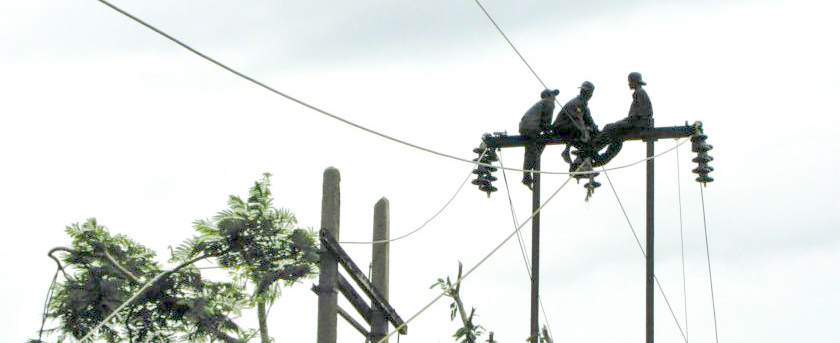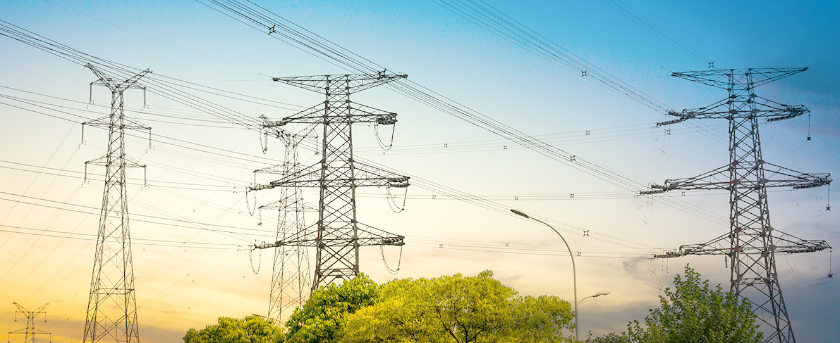
Myanmar News Updated
Highlight Myanmar News

Hydropower Production Decreases in April
![]() 07/05/2019
07/05/2019
AUTHOR: EI THANDAR TUN & ANDREW P. JOHNSON
There is no perfect solution to the issue of energy production. Each type of energy source has unique challenges, and therein lies the challenge for Myanmar. Fossil fuels pollute the environment with carbon dioxide, methane, nitrogen and particulates into the atmosphere. Solar panels are inefficient, dependent on sunny weather, and lack sufficient storage capabilities. The batteries they require to store solar energy are also very bad for the environment. Wind turbines are inconsistent, a danger to birds, noisy, and some people consider them to be an eyesore. Hydropower is plagued with land rights use, and even impact wildlife. As we have seen in the last few weeks, hydropower can also have problems with a lack of water.
The total power generated in Myanmar from hydropower plants during March was 2,200 megawatts, but this decreased to 1,970 megawatts per day in late April. Dr. Tun Khaing, the Deputy Minister of the Ministry of Electricity and Energy, explained why.
He said, “Our dams that have power plants installed have to release some of their water reserves for agriculture use, but this means the power plant can’t generate enough electricity because of lower water levels. Thus, the ministry is trying its best with short-term and long-term plans in order meet the power demand.”
The irrigation use that he mentioned is only one of the factors involved. The water level in Myanmar’s dams and reservoirs have also decreased as a result of the hot summer months, and a lack of rain. Combining all three factors means that water levels in some lakes have dropped by 10-15 feet or more since the end of January. The less water there is in the reservoir, the less water pressure gets exerted on the turbines, and they end up spinning slower and thereby producing less energy. When there isn’t enough electricity it can add to the problem of frequent power outages. The overall power generation from hydropower plants has decreased by 230 megawatts in April.
One way the country is trying to mitigate the problem is with a policy of rolling blackouts — which means designated areas will have regularly scheduled power shut-offs for a short time in order to conserve energy. However, it’s clearly not enough to fix the problem as reports have indicated that power has flickered on and off in some areas up to 10 times in one day.
Another thing the government has been doing to counteract this issue is to increase the production from power plants that burn fossil fuels. They have increased production by 866 megawatts over the previous three Aprils.
The government has a goal providing even more power through new plant projects. They launched a 118 megawatt power plant in Thaton Township, a 145 megawatt power plant in Kyaukse Township, and a 90 megawatt power plant in Myingyan Township this year. The government is planning to upgrade five hydropower plants in Bago Region, Magway Region, Mandalay Region, and Sagaing Region.
The country’s power demand so far this year was 3,304 megawatts in January, 3,497 megawatts in February, 3,654 megawatts in March, and 3,609 megawatts in April, and is expected to reach 3,878 megawatts due to hot weather pushing people to use more and more energy for cooling themselves.
If we look closer at the numbers provided by the ministry we find that in April, the power demand was 3,417 megawatts. Hydropower generated 1,970 megawatts and fossil fuels generated 1,708 megawatts. This leaves us with only a slim margin for error. Any breakdown from a power plant or the grid can have big consequences.
The deputy ministry explained that in early April there was a system breakdown as a result of conflict, and wildfires that affected transmission lines, and that both of these issues led to power outages. This could indicate a problem with a lack of redundancy. A well designed power grid should be able to quickly re-rout power around an unexpected problem.
He also explained that soaring temperatures during the summer months were causing frequent overheating of the system components as well as system overloads.
Bringing Myanmar’s power grid out of the dark ages will take some time, but there are things you can do now to help.
What you can do
What can you do to help conserve energy during the hot summer months? Let’s take a brief look at a few simple things that can be done.
According to the Ministry of Electricity and Energy, the peak demand for power usage comes between 8:00-11:00 am and 4:00-9:00 pm.
You can use this information to help plan your day. Minimize using power hungry appliances and equipment during peak hours. Water pumps and washing machines are a couple examples that can be scheduled for off-peak hours. If possible, only use your aircon when you are ready to go to sleep.
Homeowners, apartment building owners, and companies should make good use of the right type of siding on their buildings in hot climates. It’s laughable to build a structure out of brick and then parge it with a plaster coating without a proper paint or siding finish. In such a case, you are literally living or working in a brick oven. The sun heats up the masonry walls which then radiates that heat all evening, causing the aircon to run constantly.
Do not leave your masonry siding unfinished. The difference between a light colored exterior paint verses a dark colored exterior paint is astounding. A side by side test between white and dark paint on siding revealed a huge temperature difference, with the dark color being much hotter. Some homeowners use ceramic tiles as a finish. A light colored tile can add additional water proofing as well a surface that reflects more of the suns heat instead of absorbing it into the walls.
One last thing that can be done is to make sure there are plenty of trees planted around the property to add shade on the home or building. Shaded surfaces, for example, may be 20–45°F (11–25°C) cooler than the peak temperatures of unshaded materials.
There are just some of the things that can be done to help improve the situation, but it also serve as a warning for the New Yangon City project. It must be engineered properly to stand as an example of what can be done without adding to Myanmars power problems. One message for NYDC, diversify power generation, build redundant power grids, utilize green-energy technology and building standards.
Additional reporting and editing by Senior Editor Andrew P. Johnson
Related News
-

Government and Six Companies Ink Deal to Extend Power Grid
AUTHOR: ZIN THU TUN The Ministry of Electricity and Energy and six tender winning companies signed a contract on April 30th to build new power grids and transformers which will service 590 villages in the Yangon Region, Mandalay Region, Sagaing Region, Magway Region, Rakhine State, Shant State (North), Mon State and Karen State.
Read More 07/05/2019
07/05/2019 -

Myanmar Electricity Sector : A Sinking Ship
AUTHOR: TIN MG OO U Phyo Min Thein, the Chief Minister of Yangon Region, said that electricity consumption in Yangon will likely to surge in May and stressed that government needs to address the financial losses due to the low price of electricity. Electricity production and distribution is causing financial losses to the government of about K470 billion annually. The price of electricity in Yangon is K35 per unit for household consumers, and K75-K120 per unit for industrial use.
Read More 31/01/2019
31/01/2019
